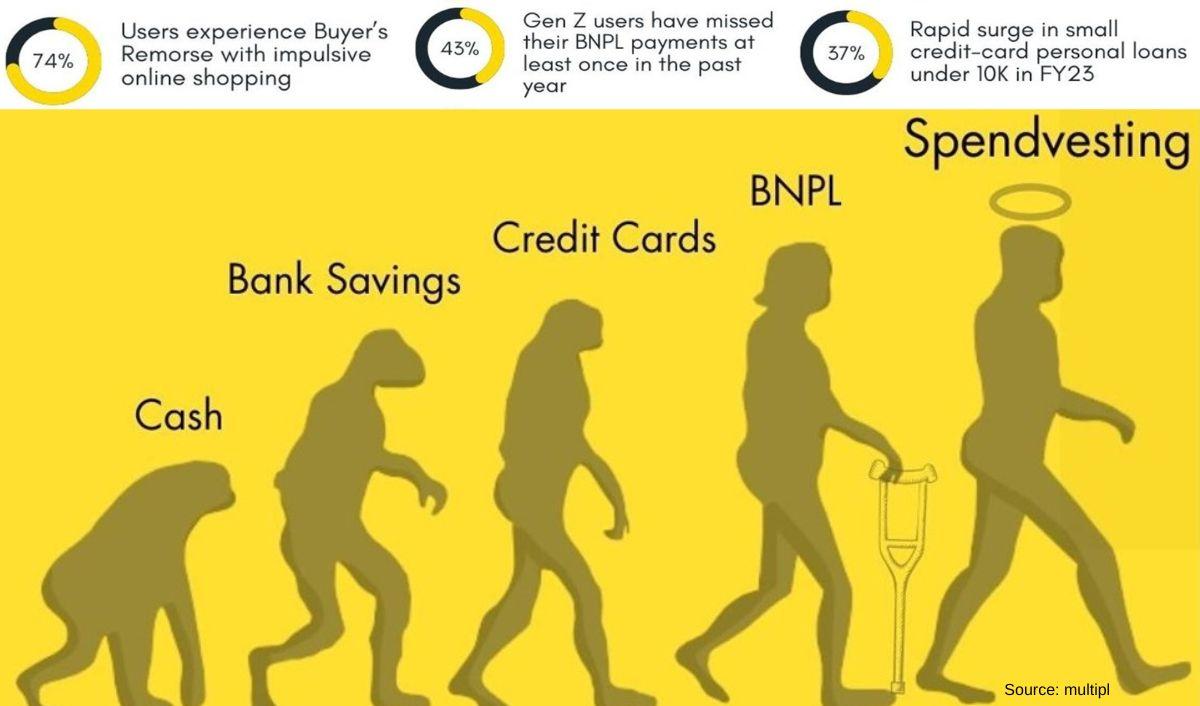Proven Microlearning Strategies: Case Studies of Successful Implementations
In today’s fast-paced digital world, organizations are constantly seeking innovative training solutions that engage employees and boost knowledge retention. Microlearning has emerged as a powerful approach, reshaping how corporate training and educational programs are designed and delivered. This article explores the most proven microlearning strategies, supported by case studies of successful implementations across various industries. If you’re looking to enhance your institution’s learning initiatives with microlearning, read on for practical tips, real-world examples, and actionable insights.
What is Microlearning?
Microlearning is an educational approach that delivers content in short, focused bursts—typically lasting no more than 10 minutes. These bite-sized lessons are designed to address a single learning objective, making them ideal for today’s busy learners. Thanks to its inherent adaptability and adaptability, microlearning is recognized as one of the most effective workforce training solutions.
- Mobile-friendly learning modules
- Interactive quizzes and video snippets
- Scenario-based learning
- Quick-reference infographics or job aids
Key Benefits of Microlearning
Before diving into the strategies and case studies, it’s essential to understand the main benefits of microlearning:
- Boosted engagement – Learners prefer short, easily digestible content over time-consuming conventional courses.
- Greater retention – focusing on single objectives enhances memory and understanding.
- Flexibility – Microlearning modules can be accessed anytime, anywhere, on any device.
- Cost-effectiveness – Reduces development and training time, saving resources for organizations.
- Easy updates – Adjust and upgrade content quickly as organizational needs evolve.
Proven Microlearning Strategies for Success
the effectiveness of microlearning depends on applying the right strategies to meet your learning goals. Here are the top microlearning strategies backed by research and industry practice:
1. Spaced Repetition
Reinforcing key concepts at strategic intervals improves long-term knowledge retention.Microlearning platforms leverage spaced repetition to reintroduce critical content over days or weeks, reducing the forgetting curve.
2. Multimedia Enrichment
Combining text, image, audio, and video elements maintains user interest and caters to different learning styles. Interactive video snippets or gamified quizzes engage learners more deeply compared to text-only materials.
3. Mobile-first Design
Modern microlearning solutions optimize lessons for smartphones and tablets, offering learning on the go. This increases accessibility and aligns with today’s workforce habits.
4. scenario-Based Learning
Real-world scenarios or branching simulations challenge learners to apply knowledge in context, improving critical thinking and decision-making skills.
5. Just-in-Time Learning
On-demand microlearning modules empower employees to access relevant details exactly when needed,whether on the job or while troubleshooting a problem.
Case Studies: Successful Microlearning Implementations
Reviewing real-world case studies of successful microlearning implementations helps illustrate these strategies in action. Here are three compelling examples from diverse industries:
Case Study 1: Healthcare – Improving Medication Safety
Challenge: A large hospital network struggled with medication management errors among nursing staff. Traditional classroom training lacked effectiveness and engagement.
- Solution: The organization introduced a series of microlearning modules, each focusing on a specific aspect of medication safety—from dosage calculation to error reporting.
- Implementation: Content included interactive quizzes, brief videos, and scenario-based jobs aids accessible on mobile devices and at nurses’ stations.
- Results: Medication errors dropped by 35% within six months, with learners reporting higher confidence and improved knowledge retention.
Case Study 2: Retail – Upskilling Sales Associates
Challenge: A global retail chain needed to quickly train thousands of sales associates on new product lines, customer service, and compliance.
- Solution: The training team developed a microlearning library featuring 5-minute modules on product features, visual merchandising, and selling techniques.
- Implementation: Associates accessed training on their mobile devices during downtime or before shifts.
- Results: Sales increased by 22% in one quarter, and new hire onboarding time was reduced by 40%.
Case Study 3: Technology – Elevating Cybersecurity Awareness
Challenge: A technology company aimed to reduce risky security behaviors among employees who often ignored traditional eLearning courses.
- Solution: Engaging, snackable microlearning videos and simulated phishing attacks were used to reinforce cybersecurity best practices over several months.
- Implementation: Microlearning modules were distributed via email and tracked through a learning management system (LMS).
- Results: Phishing click rates decreased from 24% to 6% within a year, demonstrating both awareness and behavior change.
Practical Tips and Best Practices for Microlearning Implementation
- Define clear learning objectives for each microlearning module to maintain focus.
- Keep content concise, targeting a single skill or concept per segment.
- Integrate interactive elements such as quizzes, polls, and branching scenarios to foster active recall.
- Leverage data analytics to track learner progress,identify gaps,and continuously improve content.
- encourage continuous learning by providing easy access to microlearning assets at the point of need.
Investing in a modern LMS or microlearning platform with mobile compatibility, gamification features, and easy content authoring can dramatically streamline your rollout and boost learner adoption.
first-hand Experiences: Voices from the Field
”Switching to microlearning was a game-changer for our customer service team. Engagement rates soared, and our training costs dropped substantially. Staff thankfulness for the flexibility and relevance of the modules was off the charts.”
— HR Manager, National Retailer
”Microlearning allowed us to deliver cybersecurity awareness in ways that stuck. Employees now remember procedures when it matters most.”
— IT Director, SaaS Firm
Conclusion: Unlock the Future of Learning with Proven Microlearning Strategies
Microlearning is more than a trend—it’s a proven strategy for improving knowledge retention, upskilling employees, and driving business performance in today’s learning landscape. By applying the strategies outlined above and learning from successful case studies, your organization can unlock faster, smarter, and more engaging training programs.
Ready to get started? Implementing microlearning in your organization can deliver lasting results and spark a culture of continuous advancement. For more tips on creating an effective microlearning strategy or to share your implementation success story, leave a comment below or contact our team!

